|
Today is the birth anniversary of Mohandas Karamchand Gandhi, lovingly addressed in India as 'Mahatma' (the great soul), or 'Bapu' (Daddy). His birthday is celebrated as 'Gandhi Jayanti' and is a national holiday in India - all schools, government offices and even banks are closed today.
But who was Gandhi - and why is his birthday anything to celebrate? The only thing most people know about this day is that it is a 'Dry day' - so if you want a tipple, you have to stock up!
Now more than ever we should be remembering Gandhi and his message of non-violence and peace and tolerance. In an age where institutional violence is being propagated against minorities and women and students and political opponents and anyone who is perceived to be against you.
The Amigos visited Porbunder, the birthplace of MKG during their ride of Gujarat - and I had written this about our visit there. I was fascinated that two very different people were born just hundred kilometers apart and they influenced India is such different ways - Mahatma Gandhi and Dhirubhai Ambani! Check out this excerpt from 'Three Men Ride West - The Amigos ride to Gujarat and Diu'
After Madhavpura, we came to the birthplace of the ‘Father of the nation’ - Porbunder.
Mohandas Karamchand Gandhi was one of the greatest personalities of the modern era, and is strangely forgotten today. It seems strange to say that he is forgotten - after all, his name is ubiquitous - every city in India has a road named after him, every banknote carries his smiling face, every garden has a statue of him, every one knows his name - but today no one seems to remember what he was and what he exactly did. One tends to think of him as a ‘naked fakir’ - a poor skinny man dressed in just a simple dhoti and shawl and hanging out with poor people, and thus might be forgiven for thinking that he was a poor man, a man from the lower classes. Nothing could be further than the truth. He was the hereditary ‘Diwan’ - Prime Minister -of a princely state called Porbunder, and as such, his family was among the wealthiest families in Porbunder. His father - Karamchand Gandhi - was the Prime minister of Porbunder, and then later became Prime minister of the neighbouring Rajkot state, which was bigger and richer. Mohandas studied to be a lawyer so that he could follow in his father’s footsteps and himself become the Diwan of Porbunder. He went all the way to London to study law and he himself became a wannabe ‘Brown sahib’ and became as westernised as possible, dressed in a sharp suit and started a law practice in South Africa.
But Gandhi discovered to his shock that his nice suit, his education, his careful diction, his knowledge of english were all irrelevant as far as the coloniser was concerned, and he discovered this most painfully when he tried to travel in a first-class compartment in South Africa. No niggers were tolerated in the first-class bogey and he was physically thrown out of the train at a station called Pietermaritzburg. He stood there in his nice suit - now all dirty and torn from the fall - , humiliated beyond belief…and no one else seemed to think that what had happened was in any way unusual or unexpected. He had asked for it by being a nigger and trying to travel in first class.
He had discovered the innate viciousness and inequality which is the hallmark of colonialism. The great evil of race-based colonialism is that there is no way that equality can ever exist in its construct - the ‘nigger’, the ‘wog’, the ‘chinky’, the ‘native’, the ‘half-breed’ - are permanently and unequivocally inferior to the white man, just because! And to maintain his superiority, the guy on top will inflict as much barbarism and cruelty as he can. He pondered a lot on this, and finally decided to resist. To resist. To protest. To fight. But without getting bad karma. That was the main genius of Gandhi. India had been beaten into submission with hundreds of years of foreign rule - first the Mughals, then the British - but he ignited a simple spark among them. What is happening is wrong, and should no longer continue. We must resist. Courageously. But while other revolting revolutionaries started chucking bombs about and popping guns here and there, Gandhi decided that he will not lift his hand to harm anybody. ‘An eye for an eye’ as he famously said ‘will make the whole world blind.’ He decided on a course of ‘A-himsa’ - ‘Non-violence’. Vigorous protest, but without violence. His nice suit was no use to him, so he cast off all his wannabe cracker clothes and dressed like the poorest and simplest villager in India. Even when he was invited to meet the King of England - the freakin’ King of England, the richest and most powerful man in the world - he declined to wear anything other than his dhoti and shawl. Just think about it - you would wear your best suit just to meet your local Congressman or your CEO. This guy wore a simple homespun dhoti to meet the King of the world! ‘Mr Gandhi, do you think you are properly dressed to meet the king?’ the press asked him. ‘The king has enough clothes on for both of us.’ Gandhi replied.
The Indian-hating Churchill was spitting mad at this! ‘It is alarming and also nauseating to see Mr Gandhi, a seditious middle temple lawyer, now posing as a fakir… striding half-naked up the steps of the Viceregal palace… to parley on equal terms with the representative of the king-emperor.’
The sheer strength of mind which Gandhi brought to the arena was enough to energise an entire country. He would not demand anything from his followers that he would not do himself. He walked the padayatras, he stood in the frontline to take blows from the police, he fasted for days to get people to change.He was the one who walked alone in the ghastly riot-torn, and fasted in burning and bleeding areas to stop Hindus and Muslims from killing each other. He would not let up an inch on his demand, but would not offer violence. In a world which was full of violence - Russia, China, Spain, two world wars and uncountable amounts of Anarchists, Marxists, Leninists, Bolsheviks, Communists, Maoists, Fascists and thugs and murderers and killers of all sorts - this non-violent protest was something new. No one knew how to deal with it. The police would viciously beat up the protestors, and they would quietly accept the beating - but not back down. The police would launch a lathi charge and club down hundreds of unarmed peaceful people - and hundreds more would take their place. The Army would shoot down hundreds of peaceful protestors - and countless more would take their place. The world watched in horror - this was not putting down a despicable protest…this was sheer murder! The British were gobsmacked - back home in London they talked about being the ‘Land of the free’ and ‘Bastion of democracy’ and here they were being exposed as being the opposite of every positive epithet they gave themselves - they were oppressors and slave-drivers and dictators. Gandhi shamed the British into seeing their true self. He showed a new path to revolutionary movements all over the world. To embrace non-violence rather than violence. Nelson Mandela adopted Gandhian thinking in his struggle, and that enabled South Africa to escape the fate of other African countries which got freedom by the power of the gun, but later spiralled into dictatorships and civil war. The Dalai Lama adopted Gandhian principles in his protest against the Chinese conquest and military dictatorship of Tibet. Martin Luther King Jr adopted Gandhian learnings in his civil rights campaign for blacks in the US. Aung San Suu Kyi adopted Gandhian protests in Myanmar. MKG was a pretty unique fellow. As Einstein - a Jewish guy who had seen vicious evil oppression under the Nazis - said about him - ‘Generations to come will scarce believe that such a one as this ever in flesh and blood walked upon this earth.’ Gandhi being modern India’s wonder-boy, I was sure that his birthplace would be treated with veneration. It should be up there with Mecca, Jerusalem and Lumbini in India’s consciousness! After all - if the whole bloody state of Gujarat was declared a ‘Dry’ state just due to the fact that MKG was born there, so the actual place where he was born must be a huge deal. Or so I thought. When we entered Porbunder, I was surprised to see no huge signs saying ‘Welcome to the birthplace of the Mahatma’, or ‘This way to the birthplace of Gandhi’. The place looked like any other small town, and no one seems particularly impressed by the fact that this was the fountainhead of Gandhism. (Gandhi-ism? Gandhian-ism?). We had to depend on Google Maps to guide us. But I got more and more antsy as Maps took us into narrow gullies in the old city, and finally came to a chaotic square and said ‘You have arrived!’ (I always shouted ‘I AM CUMMING! I AM CUMMING! When Google said in her sexy voice ‘you have arrived!’ Eh? WTF?
I looked around in confusion. There was no sign of any Gandhigiri anywhere. No statue, no banner, no flashing lights, no direction signs… how strange! I had thought that this would be some major pilgrimage point or something. This complete lack of interest baffled me.
I looked around again…it was an ancient market square in an old part of the town, with crumbly old buildings and ancient shops tarted up with modern new vinyl signs, and chaotic power cables hanging threateningly from electric poles. There was the obligatory statue of Gandhi there, but it looked like any of the anonymous statues found all over India, and not anything special. I parked the bike and went to the traffic cop, who was chilling at the corner and chewing some paan. He paled a bit at the sight of three fat terminator type men coming towards him and looked ready to make a run for it - and he was very relieved when we asked him where the Gandhi birthplace was. He pointed towards a most unprepossessing road - which was not even paved! We would have to pass under a most dilapidated arch, which looked like it was just waiting to fall on our heads! Seriously - the wooden railing on top of the arch looked murderous! The road after the arch looked pretty sad too…full of broken stones and stuff. It looked more like a road to the garbage dump than to a national monument. I looked at it doubtfully and turned back to the cop. ‘Are you sure?’ I asked ‘Yes yes…just 100 meters down…or maybe even less…’
We entered the gully and there it was! A sign that said ‘Kirti Mandir - Pujya Mahatma Gandhi birthplace.’
We had arrived!
The entry gates were simple and understated - red ochre walls and a nicely carved cream door, with a sign of the ‘charkha’ on them. (A charkha is a little home machine for making yarn out of cotton - it was Gandhi’s symbol of opposition to the gigantic cloth mills of the UK). We entered the gates into a medium-sized bungalow. The courtyard was tiled and the walls were plainly painted. There was a small painting and photo gallery at one side, a library and reading room on one side and an entrance to the actual house of MKG’s ancestors. A plaque at the entrance told us that it had been bought by his great-grandfather in 1777 and in due course of time expanded to three floors and had 22 rooms and so forth.
The house was old and ancient (Duh!) and once you entered the first floor there was a big swastika near a wall, and a sign saying that the dude was born right here! Here! On this very spot! Putlibai delivered here! (TMI, if you ask me.)
And that was about it.
There was nothing else in that whole structure. Not a stick of furniture, no photos, no historical information, no audio, no video - nothing. It was just a starkly empty old house. I mean - sure, the place is a monument to an ascetic…but this was going too far.
We came down and out of curiosity, I went to the library. Much as I expected, every shelf was locked. The books were a decoration, rather than something to be read. The paintings and photos seemed to have been put up 30 years ago and never touched since then.
The whole place rang, stank and vibrated of neglect. It was very clear that neither the State government nor the Central government gave a fuck about the place. In fact, no one did. The citizens of Porbunder definitely didn’t think much of it - as could be seen by the lacklustre surroundings and lack of signage of any sort. The Gujarat government recently built the worlds largest statue - ‘the Statue of Unity’ - but it was of another Congress politician - Vallabhbhai Patel - and not of Gandhi. Patel himself was a great devotee of Gandhi and I am sure he would not have been happy that his memorial dwarfs Gandhi’s. I was very sad as I looked around - our great independence struggle has been forgotten by the country, and is only taught by uninterested teachers to uninterested students - who forget it immediately. Great freedom fighters like Gandhi and Nehru are being vilified in social media by modern politicos and dirty trolls wanting cheap publicity for their right-wing or left-wing parties - or worse…completely forgotten! Gandhi is relegated to being the face of bank-notes (a really ironic place for an ascetic to end up in) and as a neglected statue in parks around the country, for pigeons to shit on. Actually, Gandhi’s image is so ubiquitous in India, that it has become invisible.
I found it amazing that even though we have an Ex-Chief minister of Gujarat state who has become the Prime Minister of India, this historic place is still so neglected.
Hey - Even if you don’t give a shit about his philosophy, the place might become a major tourism draw and make money if you jazz up the place. ‘This is it?’ Bawa said, looking around. ‘They made the whole state a dry state for this?’ We took a photo of the three of us posing like Gandhi’s three wise monkeys - See no Evil, Say no Evil, Hear no Evil - and got out of there. |
Categories
All
Hi thereI blog about my travels - and the thoughts they set off! Sometimes the simplest destinations can be the most thought-provoking! Archives
May 2022
|

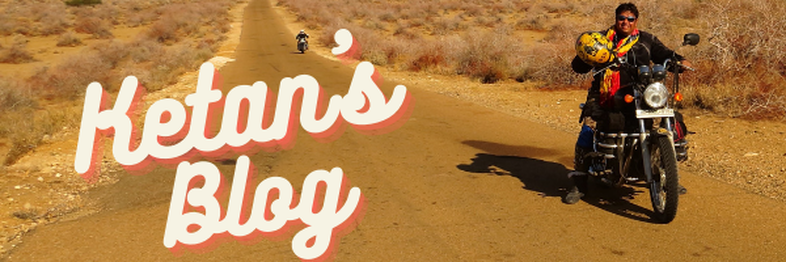
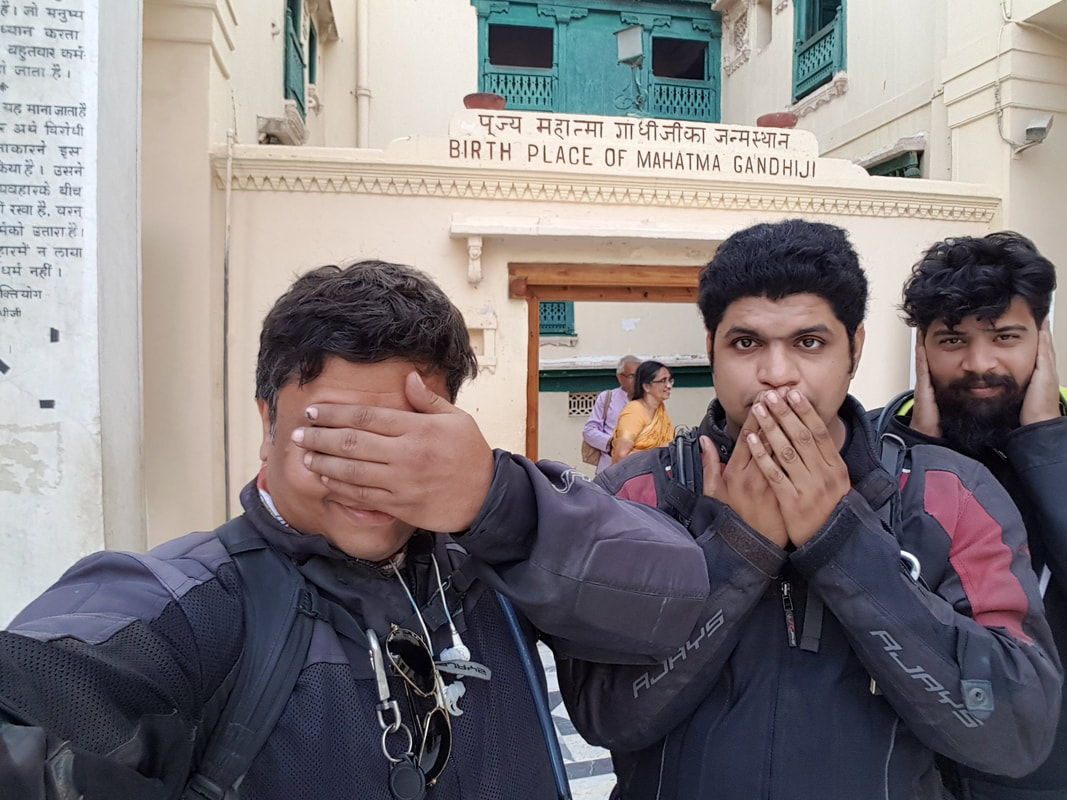
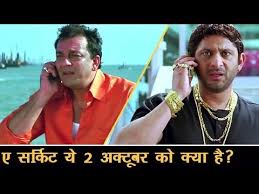
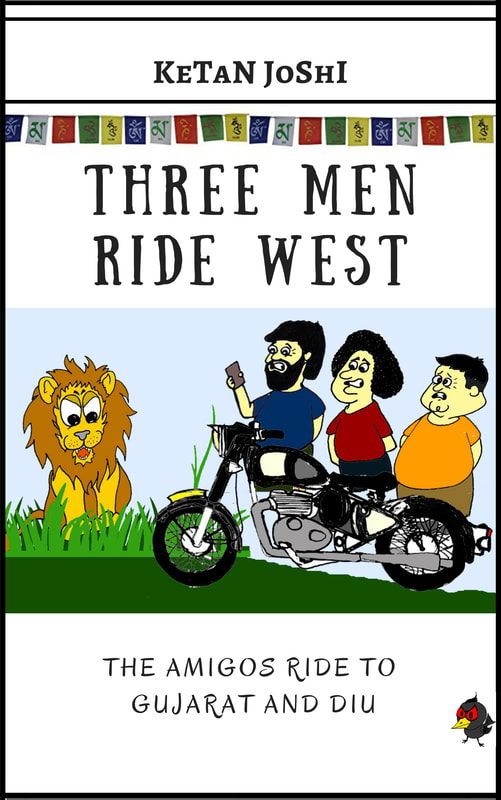
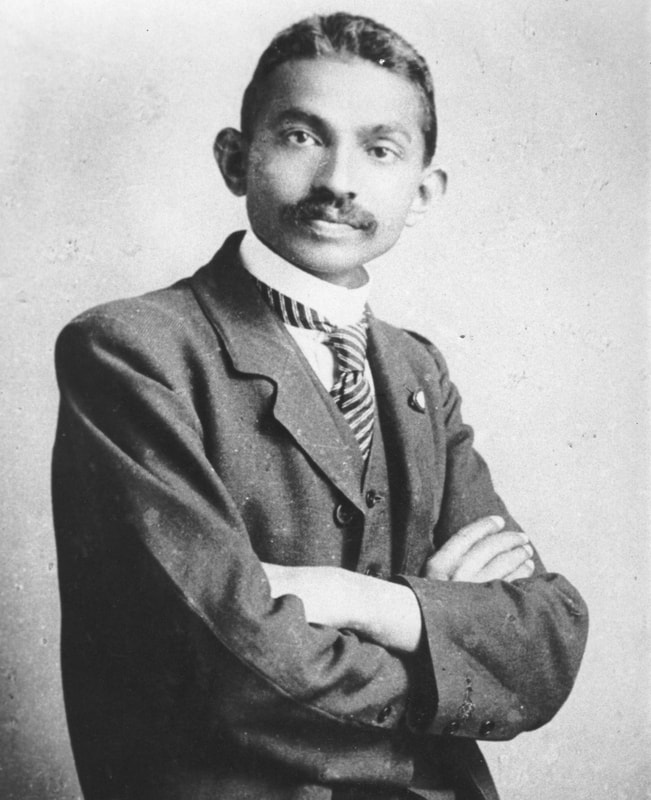
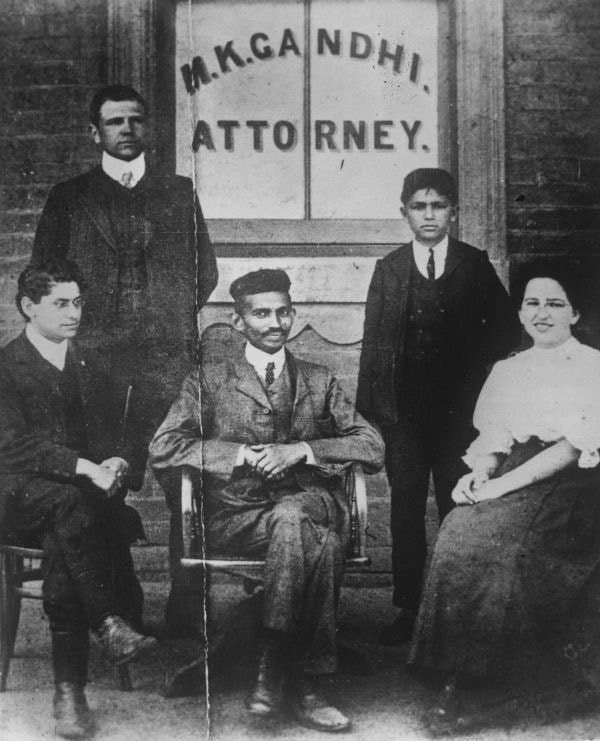
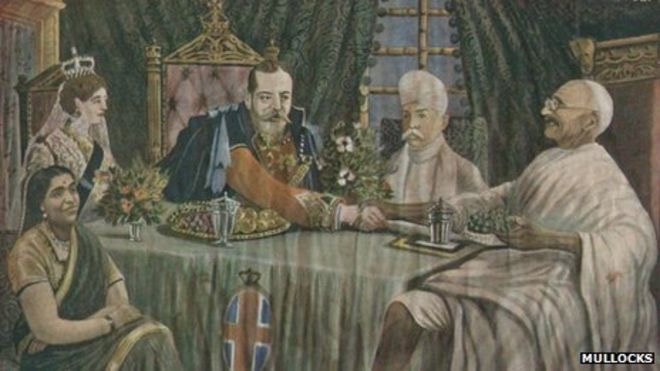
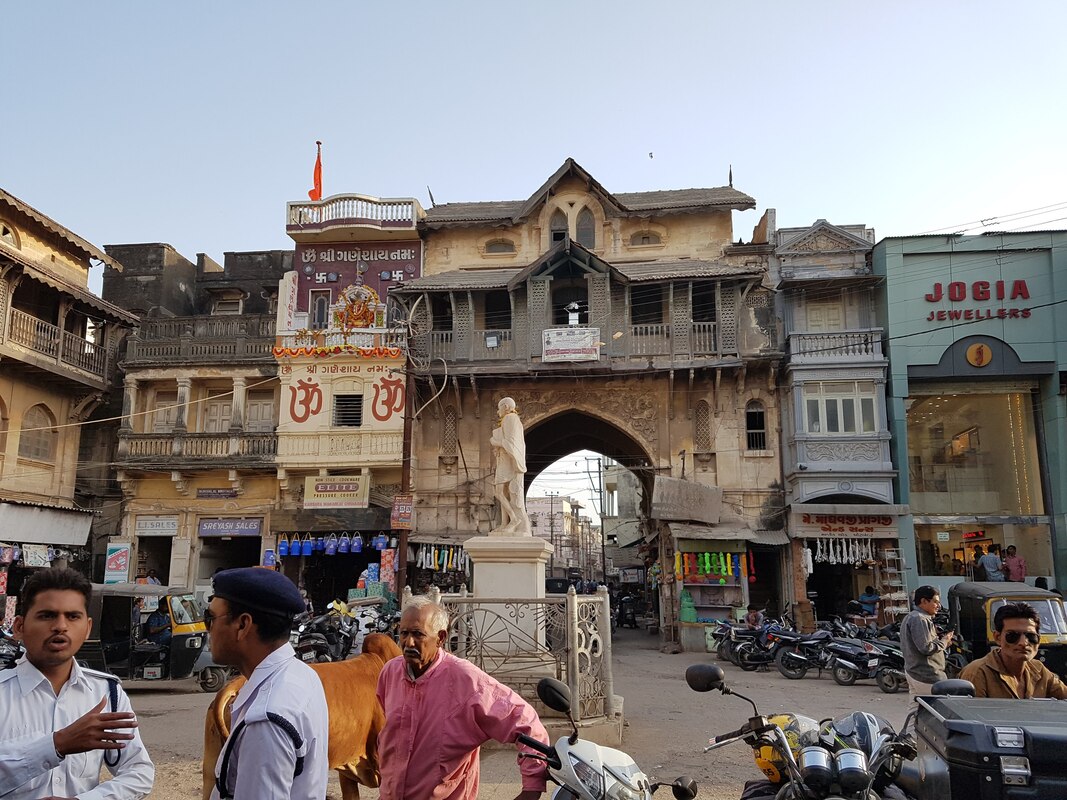
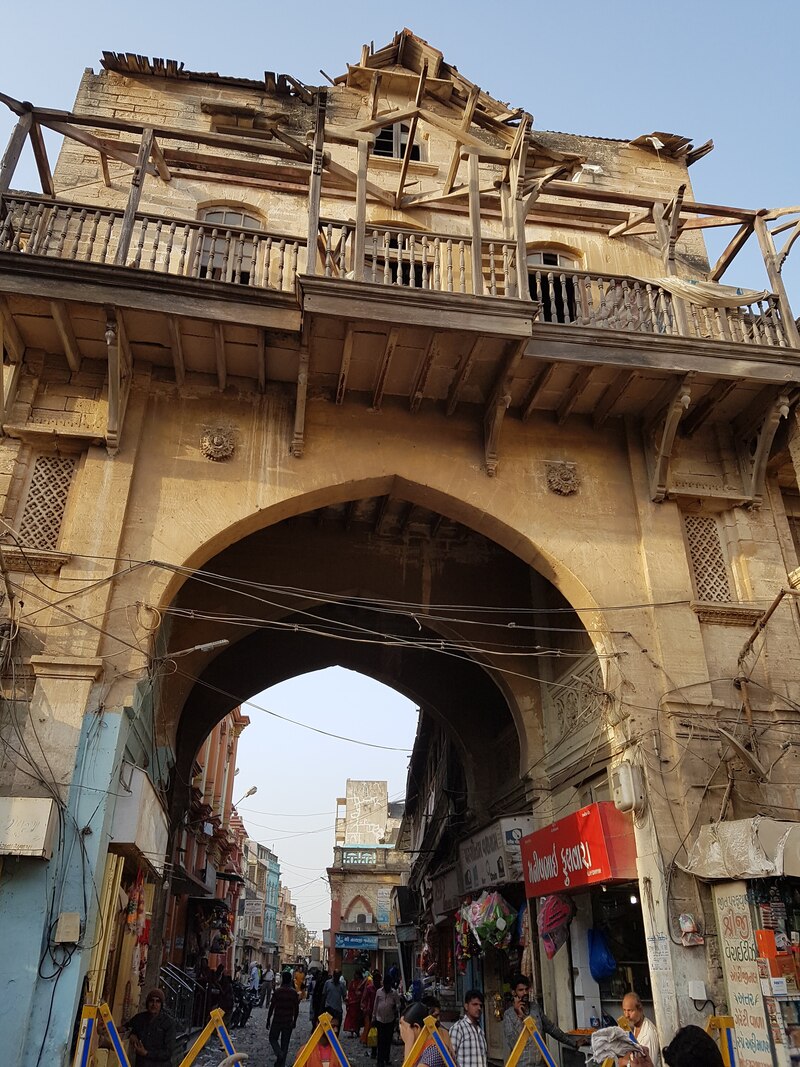
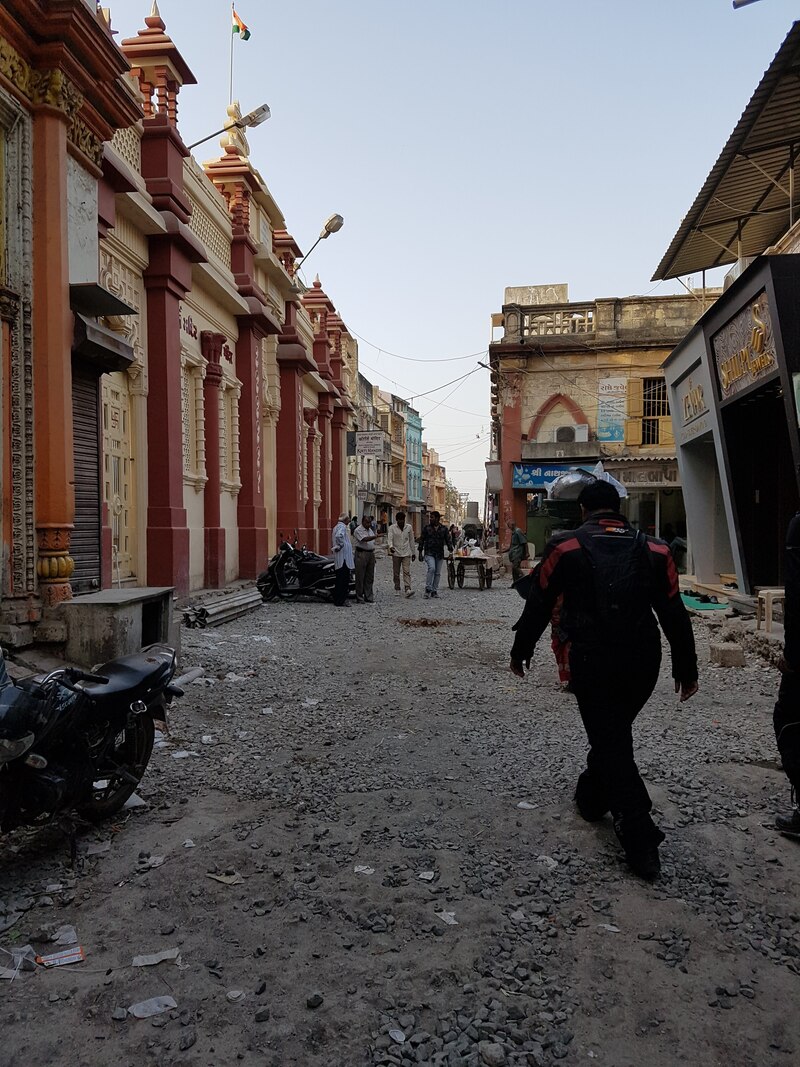
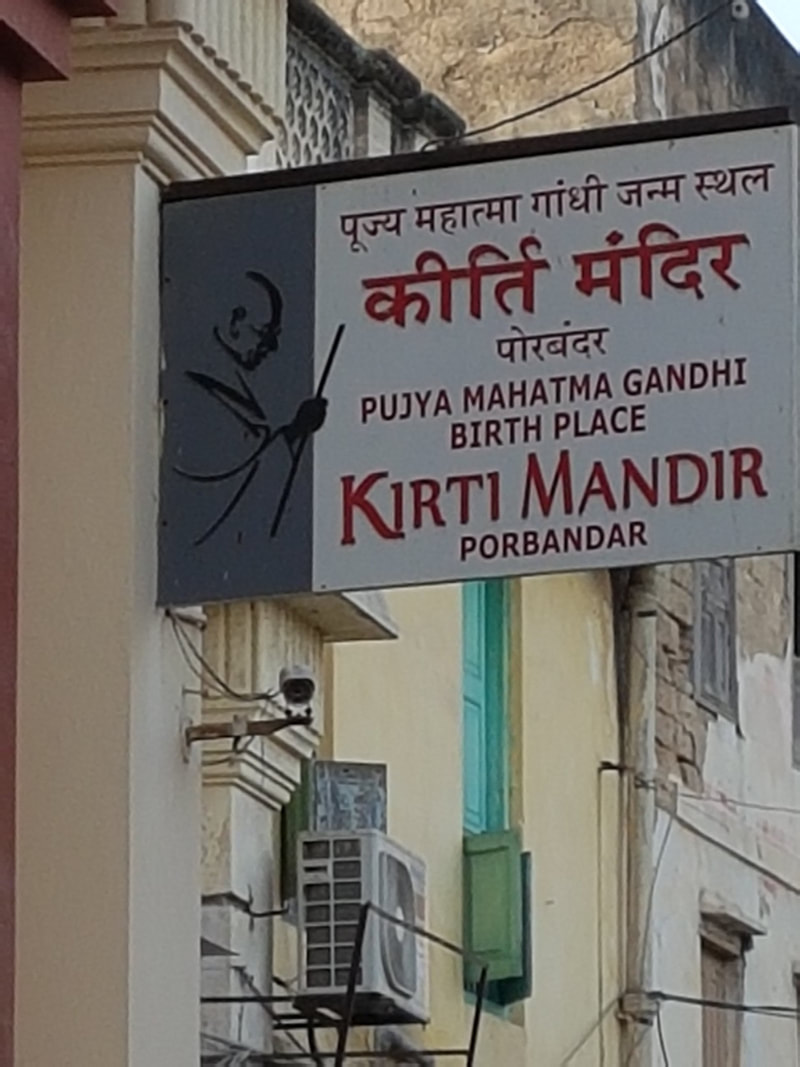
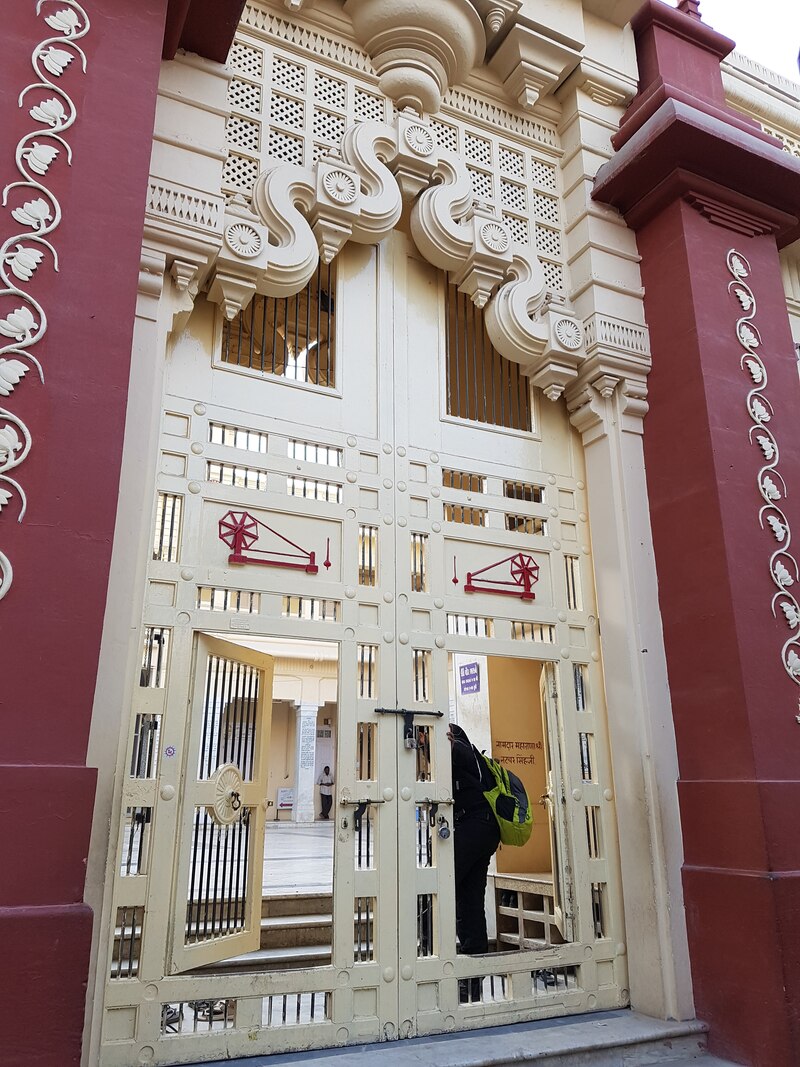
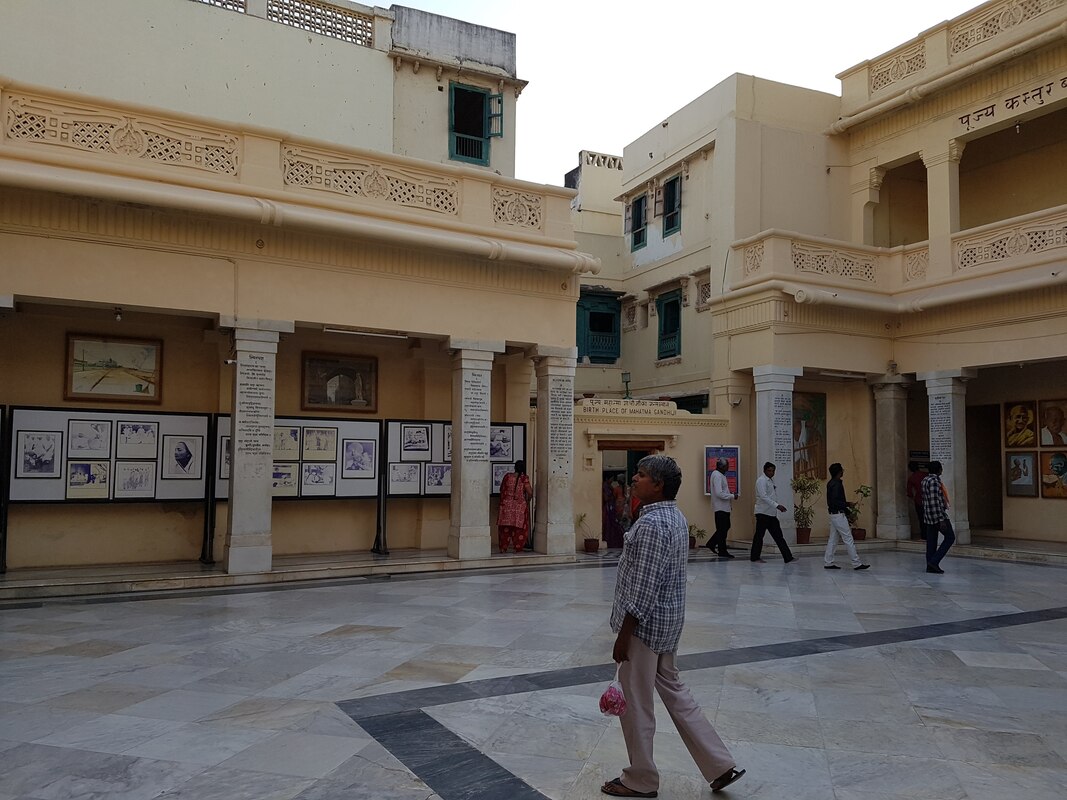
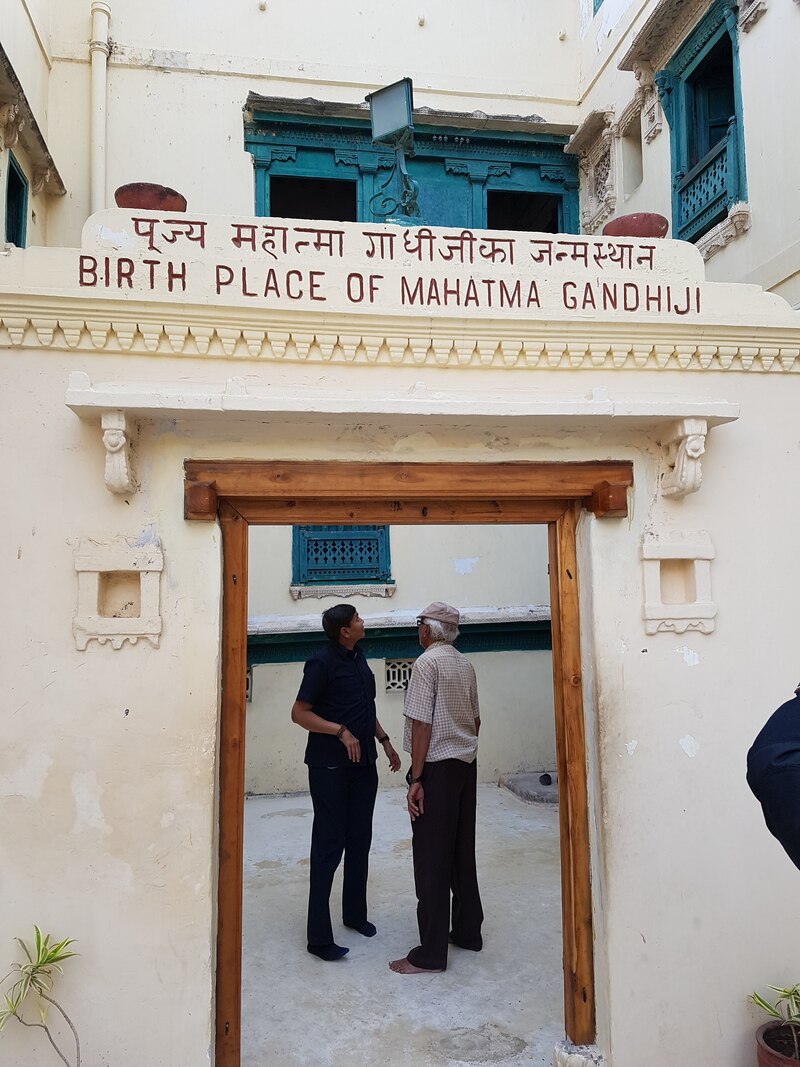
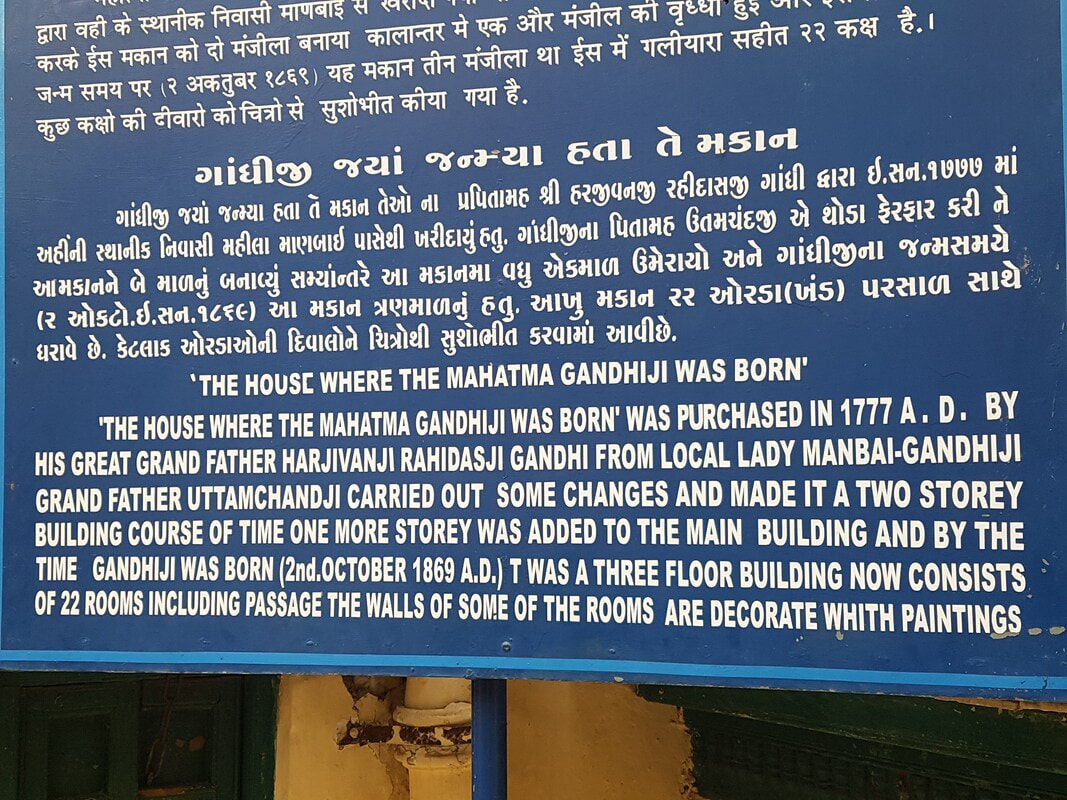
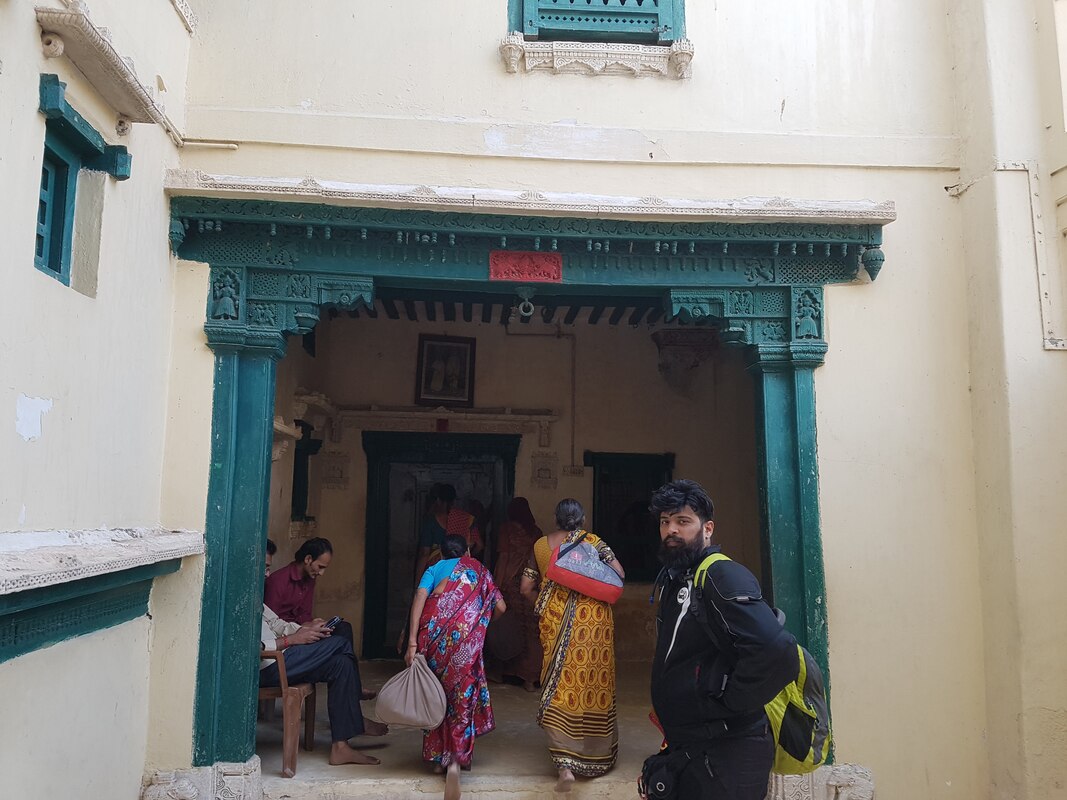
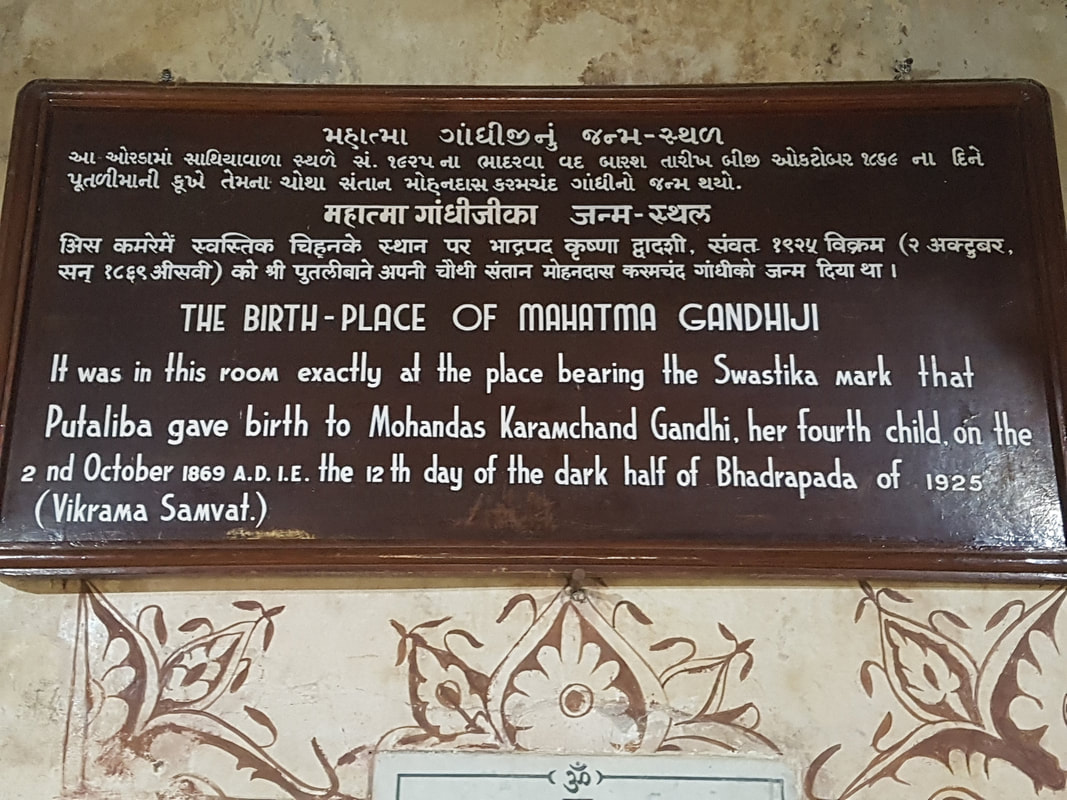
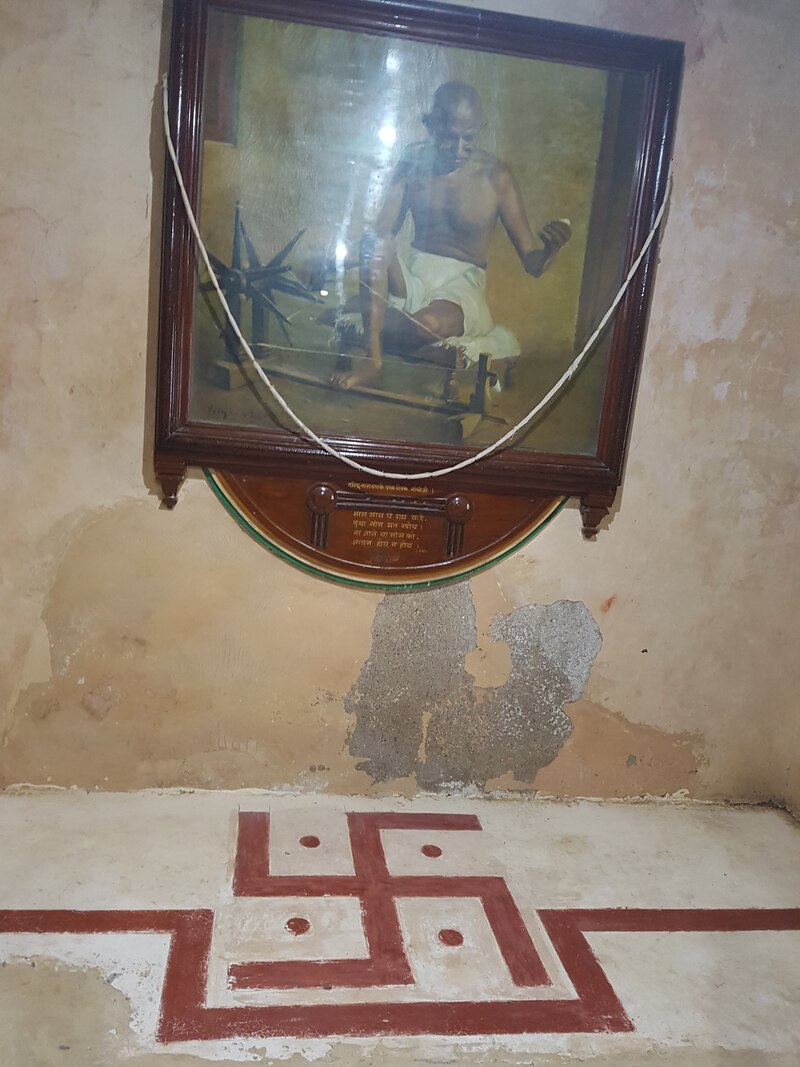
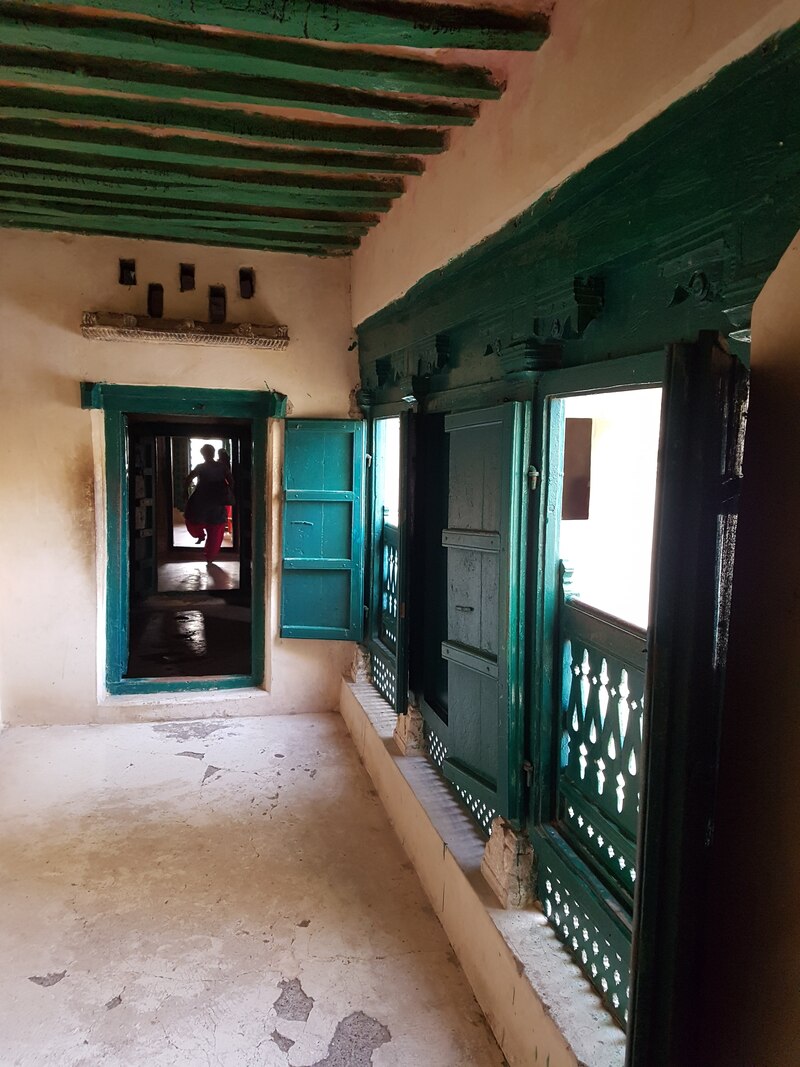
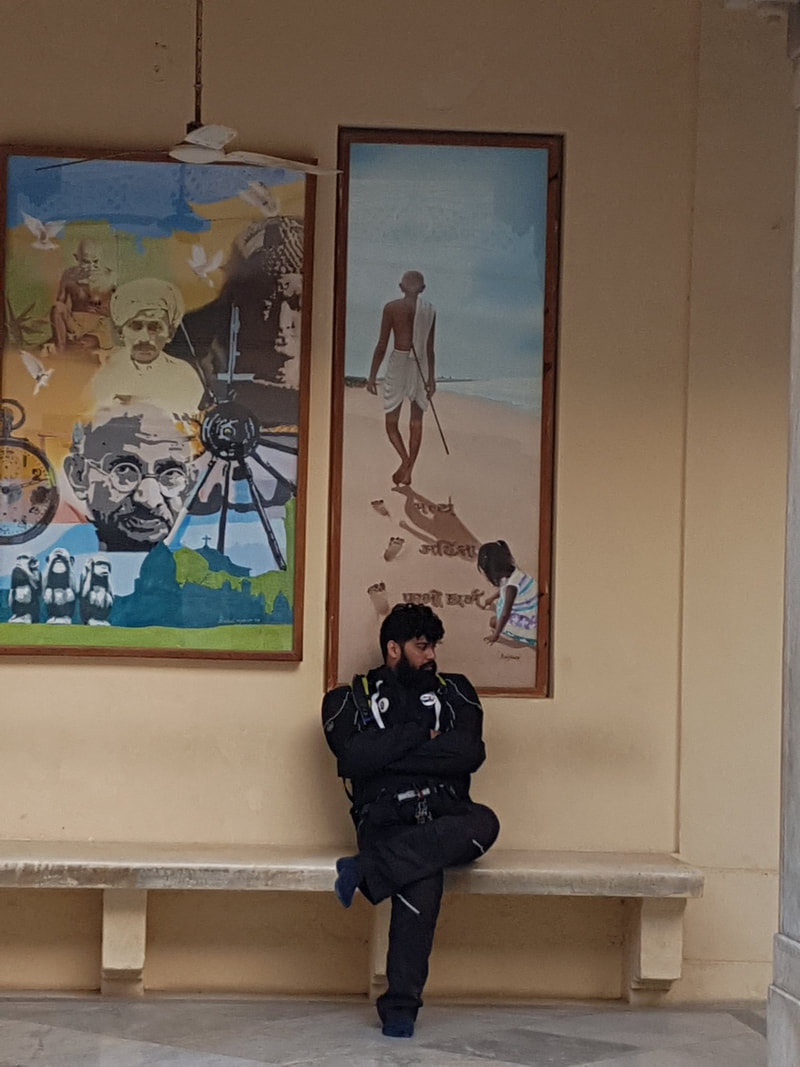
 RSS Feed
RSS Feed

